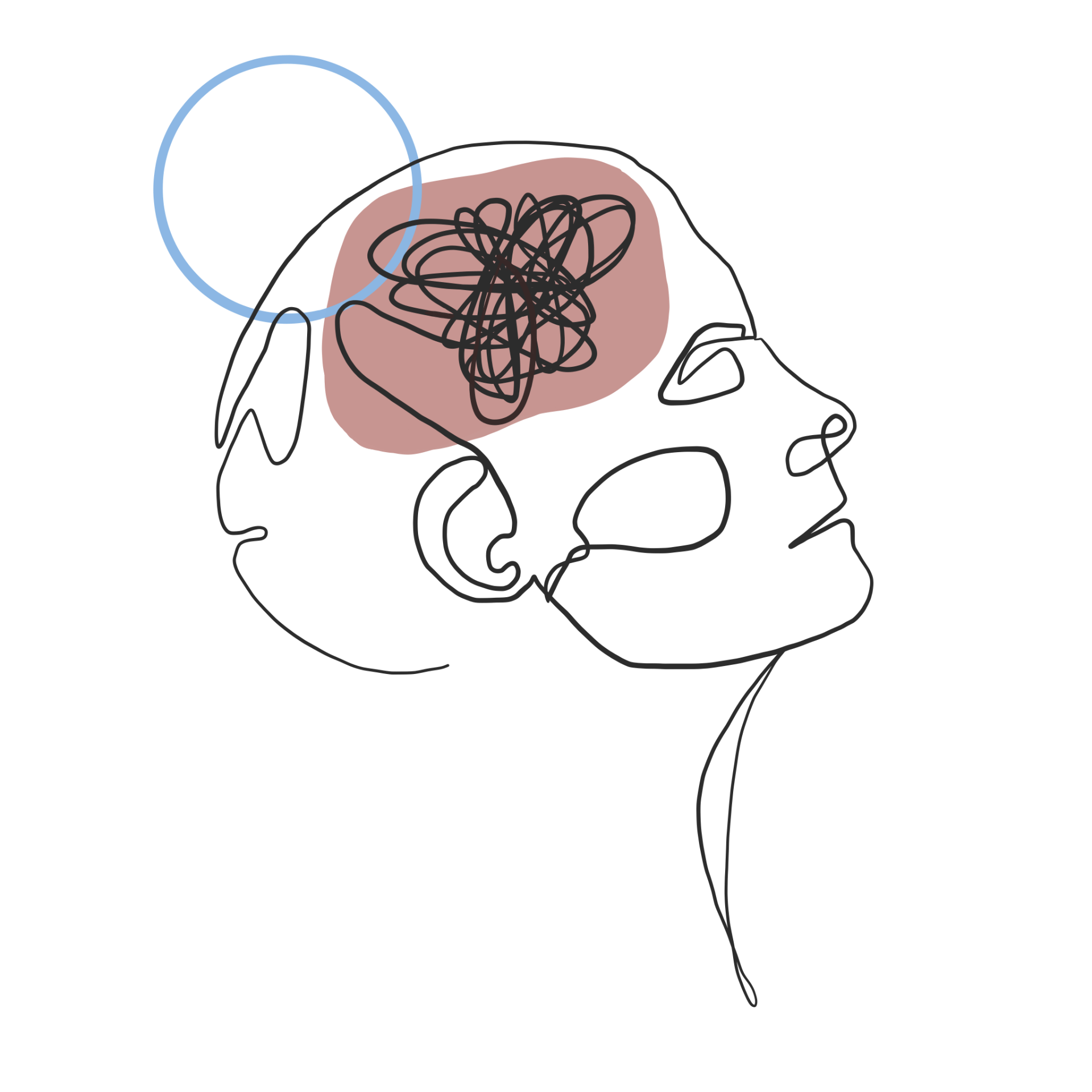
How did we get the gift of the gab? Since the dawn of time, humans have wondered about how we got our amazing ability for language. The current scientific understanding of language evolution sees it as primarily involving the evolution of languages themselves rather than biological adaptations of the human brain. That is, language evolved by ‘piggy-backing’ on pre-existing neural mechanisms. Repeated cycles of cultural transmission across generations of language learners and users have shaped the different aspects of language into what we can observe today across the world. In the CSL Lab, we explore the theoretical and empirical implications of the cultural evolution of language, including specific cognitive constraints that have shaped language, such as the Now-or-Never Bottleneck.
Dr. Christiansen delivering his first lecture in the 41st Annual Distinguished Scholar Lecture Series at the University of Alberta: How cultural evolution has shaped language to fit the brain.
Representative Publications
Chater, N. & Christiansen, M. H. (2022). Grammar through spontaneous order. In S. Lappin & J.-P. Bernady (Eds.), Algebraic structures in natural language (pp. 61-75). Abingdon, UK: CRC Press.
Reali, F., Chater, N. & Christiansen, M.H. (2018). Simpler grammar, larger vocabulary: How population size affects language. Proceedings of the Royal Society B: Biological Sciences<, 285, 20172586.
Cornish, H., Dale, R., Kirby, S. & Christiansen, M.H. (2017).Sequence memory constraints give rise to language-like structure through iterated learning. PLoS ONE 265-280.
Chater, N., Reali, F. & Christiansen, M.H. (2009). Restrictions on biological adaptation in language evolution. Proceedings of the National Academy of Sciences, 106, 1015-1020.
Christiansen, M.H. & Chater, N. (2008).Language as shaped by the brain. Behavioral & Brain Sciences, 31, 489-558.
